
my lil’ copy, published 1976
An Illustrated Novel: CHANDLER… a tough, new detective in a new kind of mystery thriller that explodes with the fury of a lightning bolt!
When Chandler by Jim Steranko was published in 1976, it was cresting the neo-noir wave in which many of the great artists & storytellers of the decade were paying homage to the hard-boiled past. Released just 2 years after Roman Polanski’s Chinatown, even the title (and protagonist’s namesake) is a wink at one of the “big three” noir crime fiction authors, the Holy Trinity of noir to which we offer humble obeisance: The Dashiell Hammett, the James Cain, and the Holy Raymond Chandler.
The book is a sermon. Steranko pounds the pulpit with all the good stuff we’d expect from the gutter genre we’ve come to worship. How’s this for a hook: A dead man named Bramson Todd comes to Chandler looking for revenge. He’s been poisoned and doctors have given him 72 hours to live – 3 days for Chandler to find whodunnit. Chandler’s plot doesn’t disappoint. The hook is a promise that’s delivered like a haymaker; it’s a head-spinning, ears ringing, nose breaking race from one revelation to another.

“I’ve got 72 hours to live, Mr. Chandler. I want you to find my murderer.”
Steranko certainly flexes his storytelling muscles, but it’s his art that makes you stop and stare. 2 vertical panels per page, with all the quality of an ad you’d see on an easel at Sterling Cooper Draper Pryce. These images have a limited color palette & limited space, but there is nothing limiting about their impact. Sexy silhouettes, mean mugs, fisticuffs, wet city streets, & deadly docks are framed with a director’s eye. Steranko is a master stained glass artisan in the Cathedral of the Night.
The Femme Fatale
Our goddess, Ann Crane, is worthy of our devotion. She’s full of lies we want to believe, and she’s got her hooks so deep into Chandler that he believes every one of them. Her shadow looms large over his past and sends us all spinning into the darkest abyss of his pain (the pain of what could have been). I want to tell you that in the end, she doesn’t win. I want to tell you that, but I can’t. She’s femme fatale incarnate; a truly deadly woman.

“Stay out of it Ann,” I said. “Promise me. There’s a red tide coming that’ll drown all of us.”
The Anti-Hero
Chandler is the priest of these cold streets. He’s intimate with the prayers of the hard-boiled and more than familiar with the scars of the flagellants. His god insists he work alone; outside of the system, apart from the herd – a shepherd of the sinful hiding their sins. “I’m not a hired gun.” He tells a client, “I don’t like to be shot at.” But his profession often makes him a target anyway, because he gets paid for doing “what other men couldn’t do— or wouldn’t do.”
My Advice: Get you some religion. Read Chandler.



































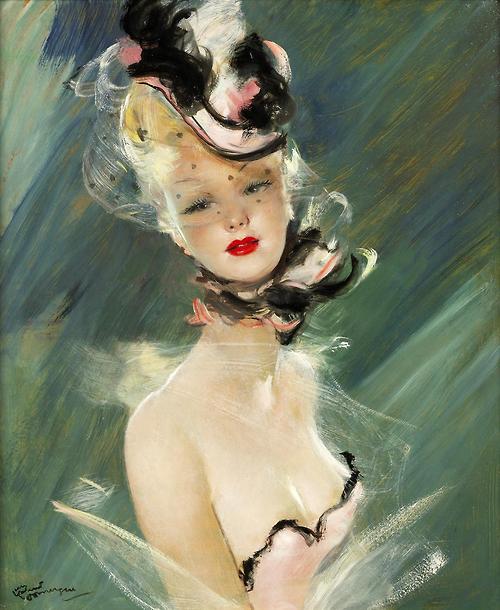


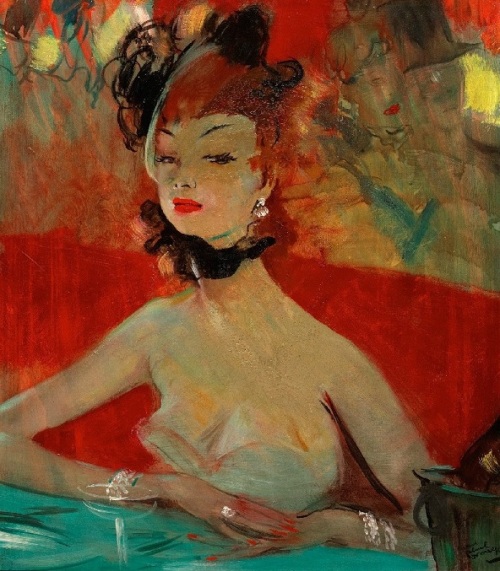



















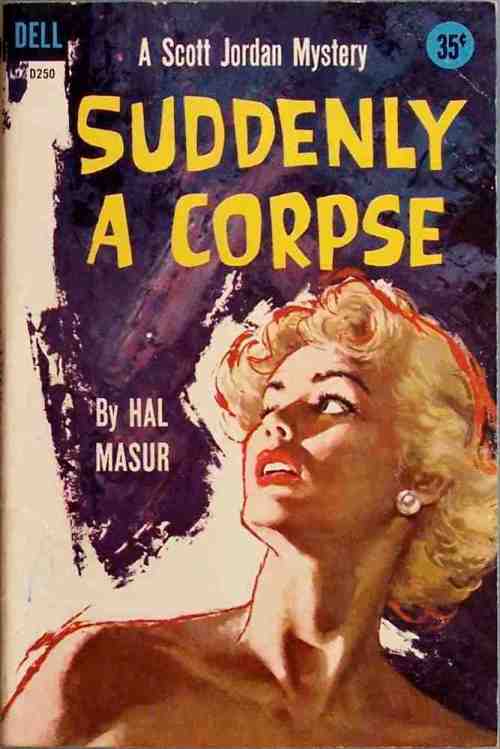












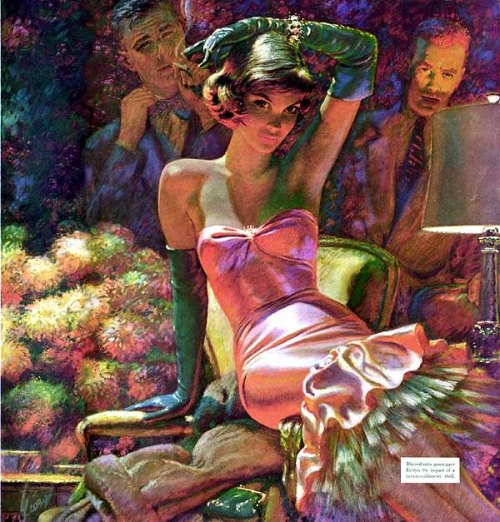




















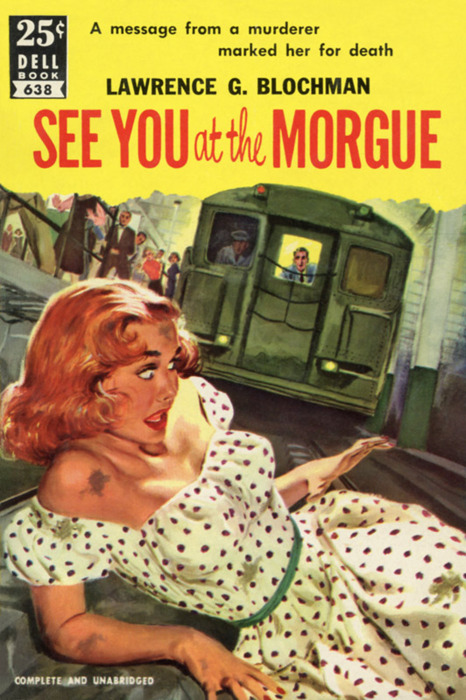










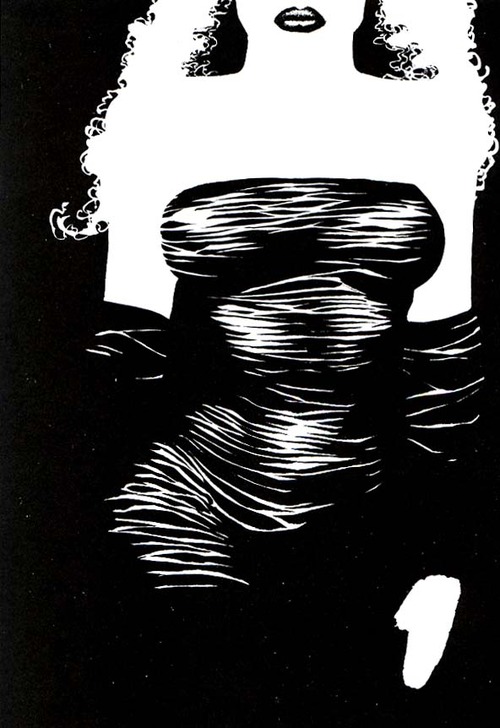



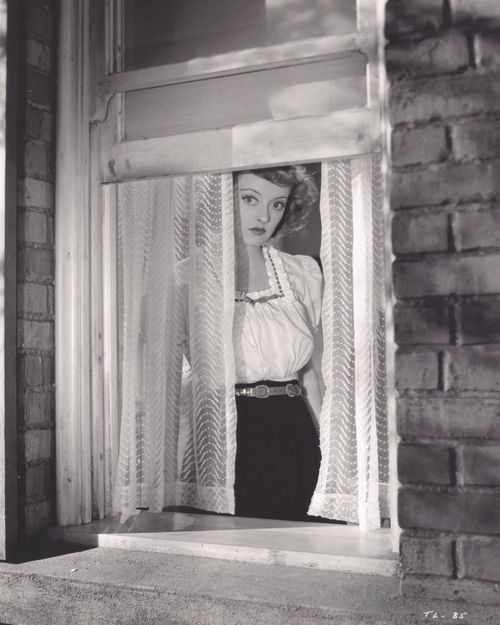
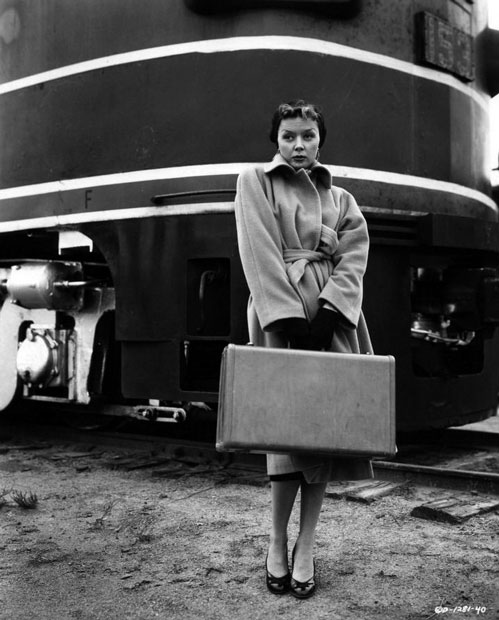

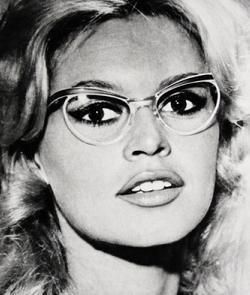
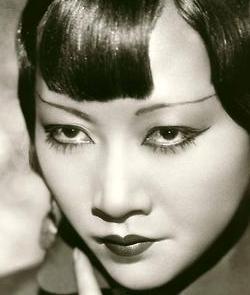

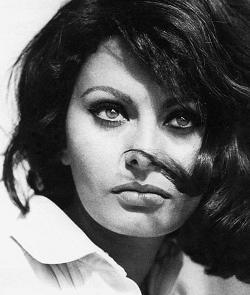
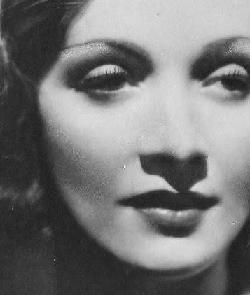
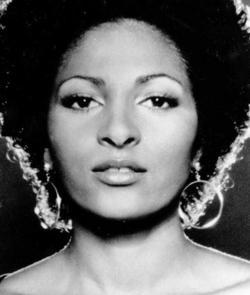
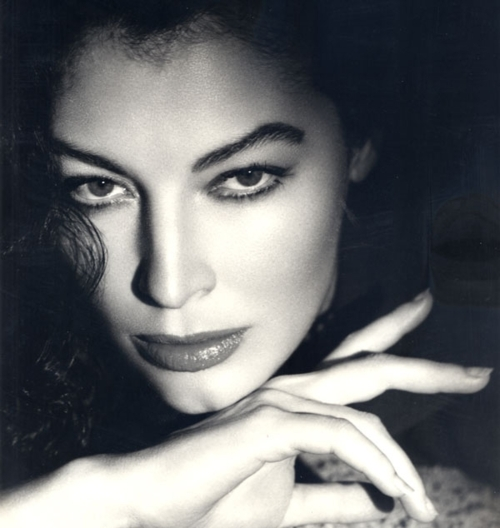






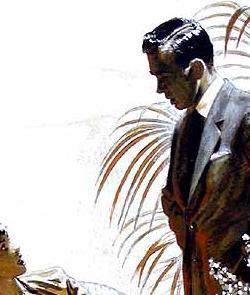
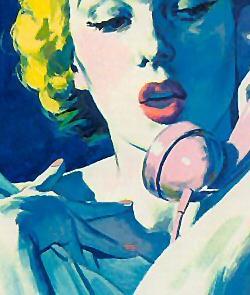
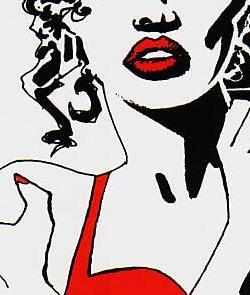
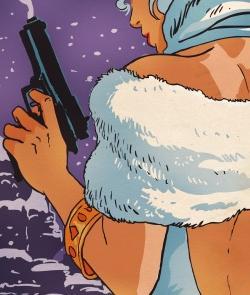
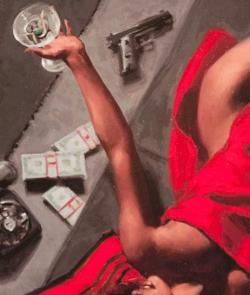
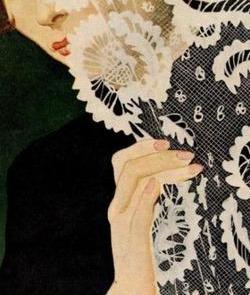
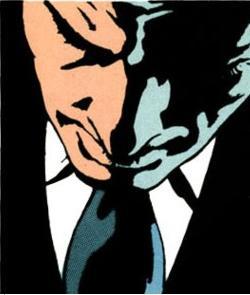

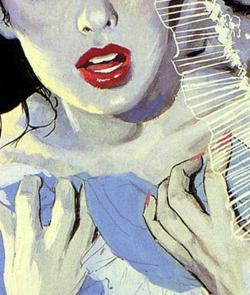
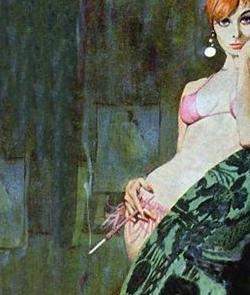
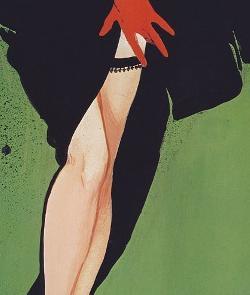


You must be logged in to post a comment.